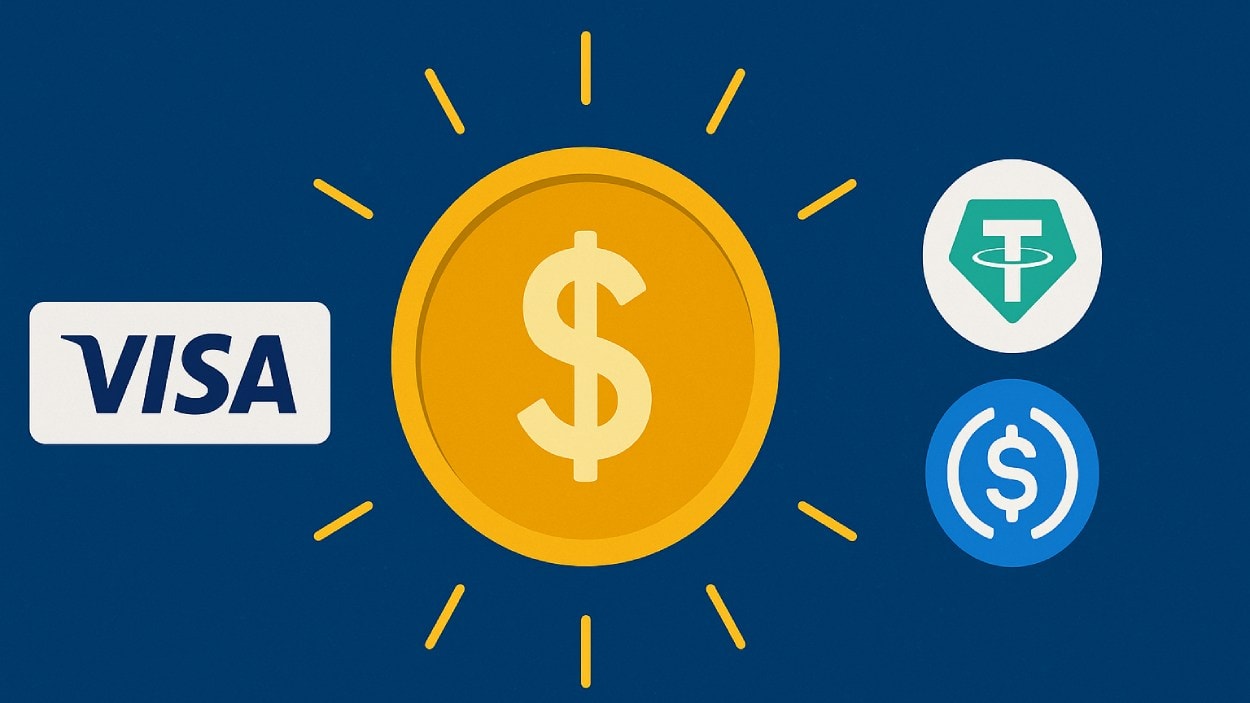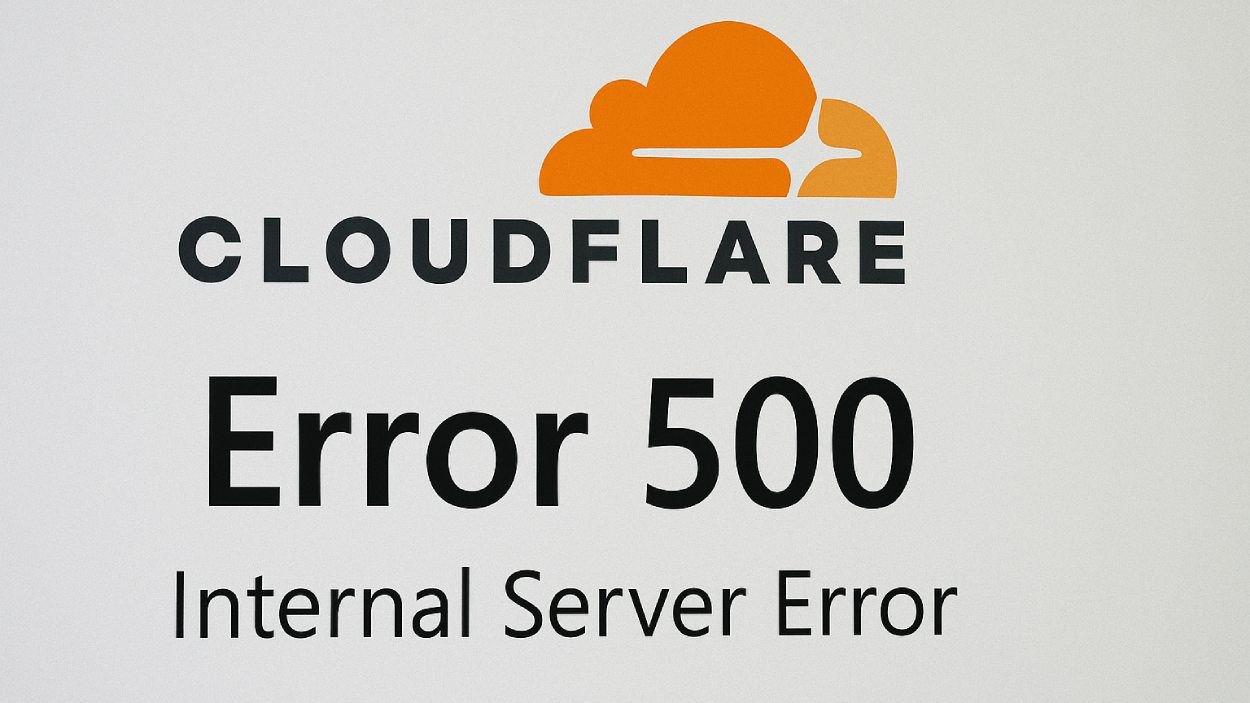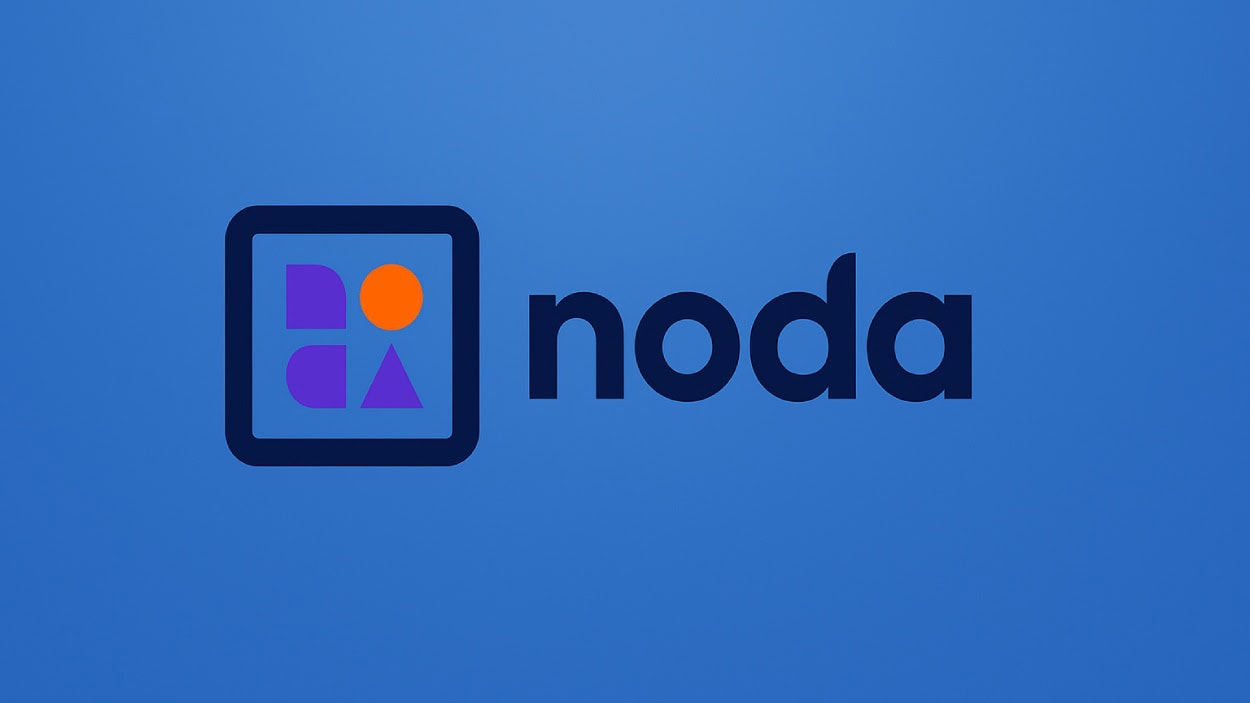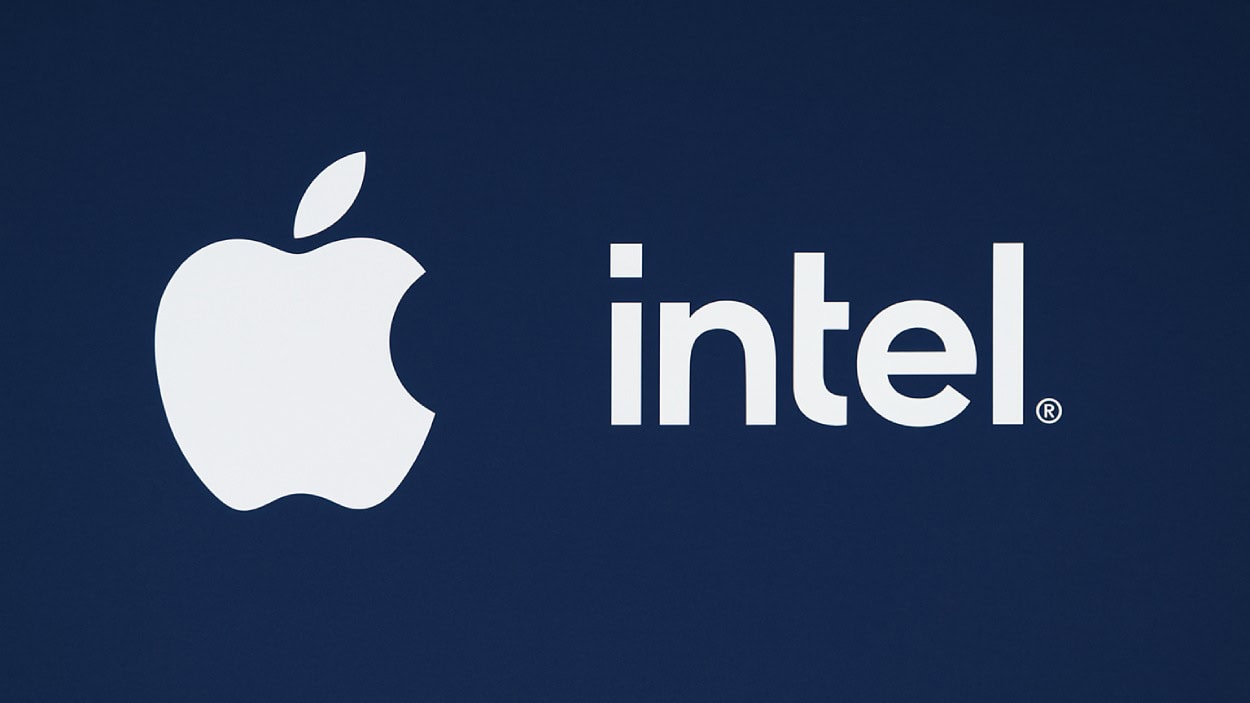Stablecoins have officially surpassed Visa in transaction volume, marking a pivotal shift in global finance.
Quick Summary – TLDR:
- Stablecoins processed $46 trillion in 2025, outpacing Visa by a wide margin.
- USDT and USDC dominate the market, making up 87% of all stablecoins in circulation.
- Ethereum and Tron handle 64% of all stablecoin transactions.
- Stablecoins now make up over 1% of all U.S. dollars in circulation and hold more than $150 billion in U.S. government debt.
What Happened?
In 2025, stablecoins crossed a major milestone with $46 trillion in annual transaction volume, according to the State of Crypto 2025 report from Andreessen Horowitz (a16z). This marks a sharp rise in stablecoin usage, exceeding even Visa’s annual numbers, and signals that the blockchain-powered financial system is no longer just a speculative playground.
Our latest State of Crypto report is here.
— a16z crypto (@a16zcrypto) October 22, 2025
The main theme for the year is the maturation of the crypto industry:
• Traditional financial institutions and fintechs launched crypto products
• DeFi and stablecoins went mainstream
• Blockchains got faster and cheaper
• The… pic.twitter.com/xEZoO3AX5N
Stablecoins Take the Lead in Global Transactions
Stablecoins have emerged as more than just digital assets for trading. They have now become core infrastructure in global financial systems, processing $1.25 trillion in adjusted transactions in September 2025 alone. This figure significantly outpaces the yearly transaction volume of traditional giants like Visa and even PayPal.
- According to a16z, the growth in stablecoin volume is “largely independent of broader crypto trading volumes”, highlighting that these tokens are increasingly used for real-world financial activity.
- USDT (Tether) and USDC (USD Coin) continue to lead the market, collectively accounting for 87% of the total supply of stablecoins, now exceeding $300 billion.
- Stablecoins are being used for payroll, cross-border settlements, savings, and other financial services, showing real utility beyond just crypto speculation.
Ethereum and Tron Are the Transaction Powerhouses
As of September 2025, Ethereum and TRON blockchains remain the primary settlement layers for stablecoins, together handling 64% of all stablecoin transactions.
- This concentration reflects their continued dominance in processing high transaction volumes efficiently.
- Both platforms have evolved to support stable, low-cost, and high-throughput transfers.
Stablecoins Deepen Ties with Traditional Finance
Stablecoins now represent more than 1% of all U.S. dollars in existence, according to the a16z report. More importantly, the institutions behind them have become significant holders of U.S. government debt, currently holding over $150 billion in Treasury securities and ranking 17th globally among debt holders.
This growing link between blockchain-based assets and traditional finance reveals a deepening integration of the crypto economy into the broader monetary system.
Crypto Ecosystem Matures Rapidly
The crypto sector supporting stablecoins is also scaling fast:
- Blockchain networks now handle over 3,400 transactions per second, which is more than a 100-fold increase from five years ago.
- The number of monthly active crypto users has surged to between 40 and 70 million, adding around 10 million new users in the past year.
These stats highlight significant strides in both infrastructure and adoption, pushing crypto closer to mainstream usage.
SQ Magazine Takeaway
I’ve watched stablecoins go from niche tools to cornerstones of global finance. Surpassing Visa is not just a stat; it’s a wake-up call. The world is shifting toward programmable money, and this change is not led by governments or banks, but by open blockchain systems. The fact that stablecoins now represent more than 1 percent of all U.S. dollars and hold massive U.S. debt proves they are no longer fringe. This is real adoption, and it’s redefining what money means in a digital world.
Hover or focus to see the definition of the term.


































































